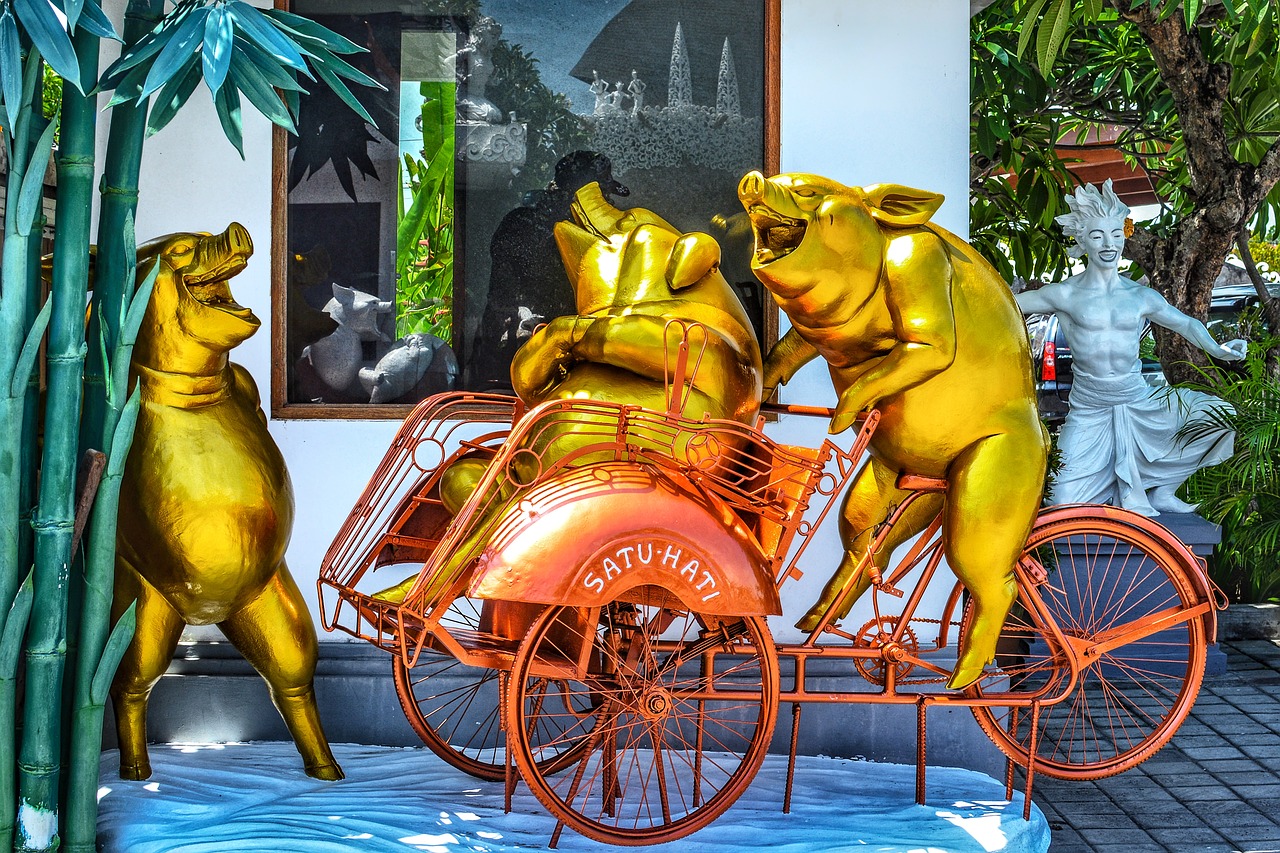Why Do Screenwriters Use Anthropomorphism in Film?
Anthropomorphism represents the attribution of various human characteristics. Such as emotions or specific behaviors, onto non-human beings. Including but not limited to animals. Anthropomorphism can be used to attribute these types of characteristics or behaviors onto objects, too. In fact, the use of various literary writing techniques to build out characters frequently comes into play in screenwriting. But why do screenwriters use anthropomorphism in films? Is there a purpose?

Anthropomorphism Definition
Anthropomorphism represents a strategy that is used in storytelling to project human characteristics onto non-human characters including not just animals.
But also objects and natural phenomena. Anthropomorphism is incredibly common, especially in animated films, when applied to animals.
In fact, animators often make the association between animals and humans, using anthropomorphism to impact the storytelling and draw human connections to the characters that are viewed on the screen.
The characteristics of various creatures, or animals, in films which apply anthropomorphism techniques to the characters in order to emphasize specific qualities or traits. But this doesn’t fully explain why screenwriters use anthropomorphism in film.
Why Writers Use Anthropomorphism in Film

Many popular movies and cartoons include characters, that are animals or objects, which have been anthropomorphized to possess human-like characteristics.
Understanding why screenwriters use anthropomorphism in film and when creating characters is important, especially if you’re an aspiring filmmaker or screenwriter yourself.
Why do screenwriters do this?
There are likely many reasons, while the most common is to create a human connection to the character. In fact, the use of anthropomorphism in film is most commonly to effectively bring characters to life on the big screen.
Just think about the application of emotions, feelings, and other human-like traits to last characters in the films that you’ve watched. Now think about how much more connected you felt to the character as a result… it works, doesn’t it?
Writers, screenwriters and literary authors, use anthropomorphism in film to:
- Create an imaginative character that people can relate with even if it’s not human.
- Make a suggestion towards universal human characteristics that are shared by characters and creatures.
- Help the writer develop a story and improve the story for the final audience.
- Create an added layer of dimension or symbolism to the character.
- To present complex subject matter to a younger audience,.
- To present subject matter that is deep or dark, in a lighter and more acceptable tone.
It Varies from Person to Person
Screenwriters use anthropomorphism in film for a variety or reasons, sometimes the purpose is as simple as merely making a connection so that the viewer will resonate with the character or object.
But in other instances, the purpose behind the anthropomorphism in film is much more complex, and the idea behind the juxtaposition of anthropomorphism of a character is incredibly deep. It really all just depends on the screenwriter.
